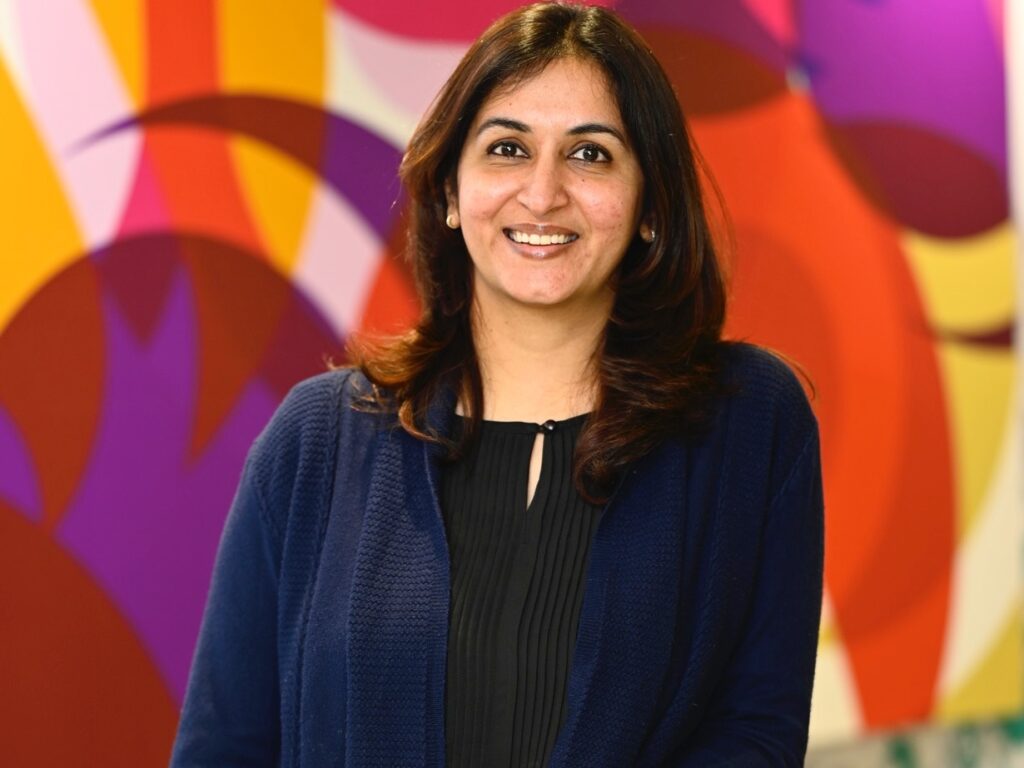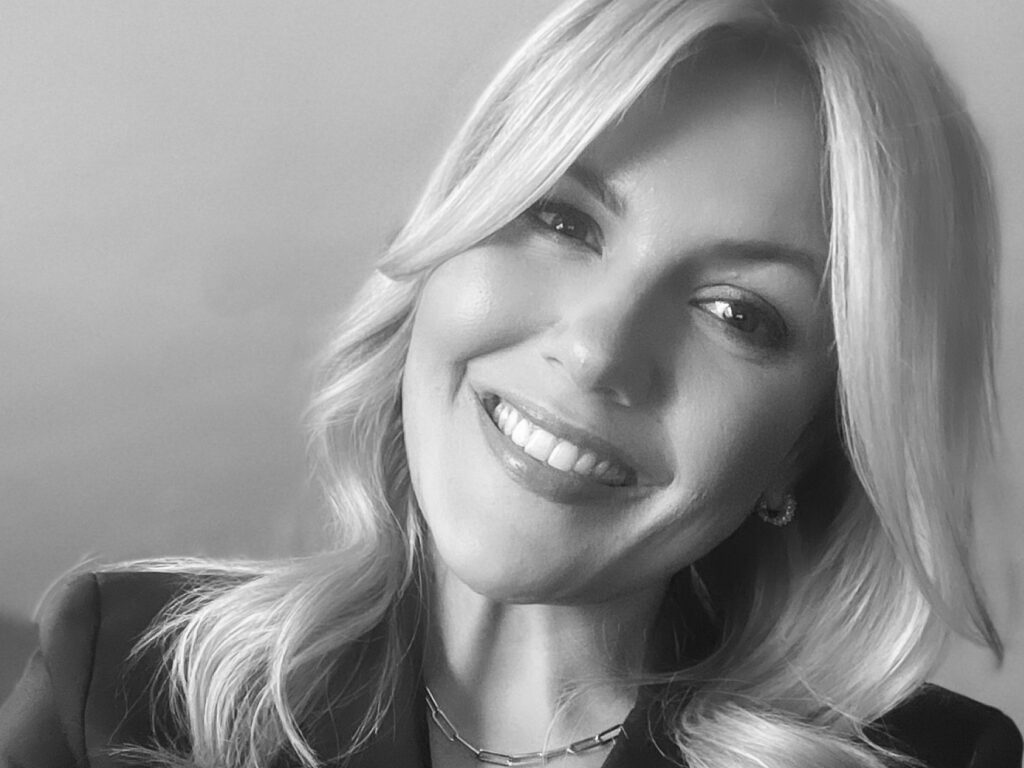Paul Kemp-Robertson, co-founder & Chief Brand Officer at creative intelligence firm Contagious joined us for a quick chat as part of our Marketing Maestro interview series in partnership with Press Gazette.
What’s been your proudest achievement in your current role?
Given how tough it is to start and sustain a company, I’d have to say it’s converting an idea scribbled on a beer mat into a business that’s about to celebrate its 20th anniversary next year. What started as a magazine and DVD combo (yes, really) has evolved into an online intelligence service, an events platform and a creative transformation consultancy. Not only has Contagious endured the recession and the latest credit crunch, but we also had to navigate the worst pandemic in a century with a company name and a tag line – Have You Got It Yet? – that suddenly had quite challenging connotations.
Which media channels do you see as most important and best value when it comes to marketing spend and activity?
It depends on the brand need. The most effective marketing creativity starts with a brilliant idea. The simpler, the better (The movie Alien was pitched as ‘Jaws in Space’). So, my advice would be to stay channel-agnostic and start with a blank piece of paper. Craft something that has a fresh, ownable insight that either solves a consumer friction point or is entertaining or informative enough to cut through the cognitive shield that most people put up around marketing. This idea will then dictate your choice of channels.
Sign up to Marketing Matters, our newsletter with leading articles about marketing, advertising and publishing – and more interviews like this…
What is your advice for mastering social media?
To acknowledge that fundamentally social media is owned and influenced by users, not marketers. So be curious and open-minded: Listen and learn and behave like a guest in someone else’s space. Add value, not noise. Maintain a consistent brand personality across platforms rather than trying to awkwardly ape the mores of each channel.
In your opinion, what is the main difference between B2C and B2B marketing?
I accept that it was an outlier, but my favourite B2B campaign is Volvo Trucks, which included the massively viral ‘Epic Split’ video featuring Jean Claude van Damme doing the splits, to demonstrate the vehicle’s dynamic steering system. It generated 73M YouTube views.
The brand recognised that its target are people with a life outside of work, so it used creativity to connect with fleet managers emotionally as well as rationally by creating infectious, shareable B2C-style content that effectively turned families and friends into media.
So while not every B2B budget can absorb a Hollywood movie star, maybe if the core creative idea deploys classic B2C tactics – right-brain fluency, emotional associations, surprise, entertainment – it will increase the chances of cutting through the defences of the target audience, because of its divergency.
What is the key to producing engaging marketing content and what types of content works best for you?
This is hard advice for a lot of marketers to swallow, but something we wrote in our Contagious Commandments book is: Don’t ask what’s in it for you (the brand) – ask what’s in it for them. The people you’re expecting to notice whatever content you’ve released into life’s clutter.
Too many marketers create generic ads that satisfy their own strategic check boxes but lack the intensity of creative spark that will make an impact in the real world. People could care less about your KPIs. The content that works best for me feels heretical for the category, treats the audience with intelligence and generosity, and is built around an idea that feels contagious enough to share.
How important is technology in modern marketing?
I worry when I hear people in the industry talk about us being in the ‘golden age of creativity.’ Yes, digital tools are more accessible than ever before and social channels have democratised the ability for anyone to reach millions of people, but there’s a danger that marketers allow the technological tail to wag the communications dog. Bill Bernbach nailed it back in the 60s. He pointed out that it took millions of years for humanity’s instincts to develop, yet marketers become obsessed with the new.
Sure, emerging technologies can birth exciting new creative opportunities, but everything stands or falls on the quality – and the relatability – of the idea. Humans have always craved stories they can connect with and that mean something to them, whether that’s a charcoal drawing on a cave wall or a limited edition NFT sneaker.
Which future marketing trends will become mainstream before too long?
I don’t think anyone will be surprised to hear me talk about generative AI here. Indeed, we recently surveyed 100 of the top C-suite executives in Adland for our annual Contagious Radar report and found that 70% expect this tech to fundamentally disrupt the industry within the next five years. In addition, a third of everyone surveyed believed that ChatGPT will come up with a Super Bowl-worthy creative idea within that same timeframe.
It’s easy to get carried away whenever a new technology comes along – and our industry did just that with ‘mobile’, ‘VR’, ‘AR’, ‘NFTs’ and even ‘Beacons’ (remember them?). But the potential of AI is on another level.
And finally, if you could ask your peers for one piece of advice or help, what would it be?
How to return the invisibility cloak I seem to have been gifted by the advertising content universe upon turning 55 years of age.




